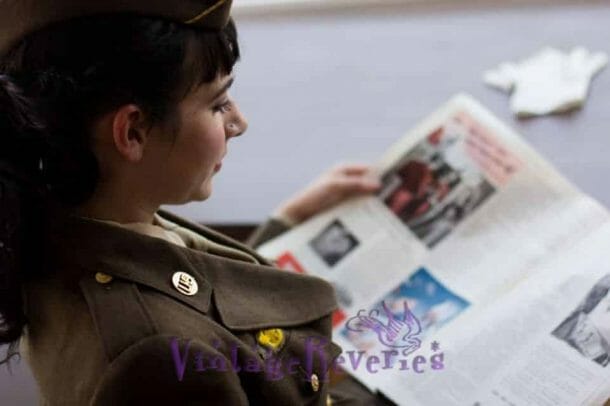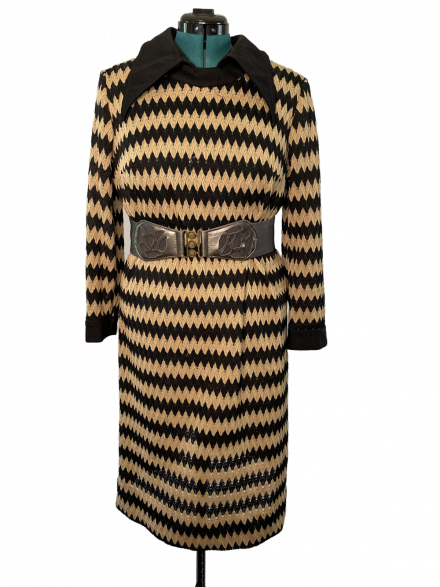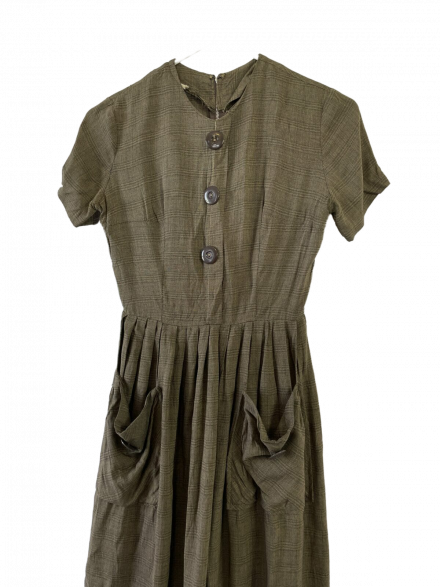
Aircraft and Dirigibles used in World War I

Here are some fascinating pictures of early aircraft used during World War I, and even one of a dirigible guarding the English coast! At the time, the military use of airplanes was still in its infancy, but their introduction would forever change the nature of warfare. The photos provide a glimpse into this pivotal moment in history, showcasing the experimental technologies and daring feats of the airmen of the Great War.
World War I (1914–1918) was the first major conflict where aircraft played a critical role. Initially, airplanes were utilized for reconnaissance missions, gathering intelligence on enemy positions and movements. Pilots, often flying rudimentary and fragile machines made of wood and fabric, relied on their bravery to navigate the battlefields and skies. As the war progressed, the use of aircraft expanded to include bombings, aerial dogfights, and troop support. Featured here are photographs of an English plane crashed into a tree, a stark testament to the challenges posed by flying these early machines. Another image captures a German plane brought down near the Marne, highlighting the dangers faced both in the air and on the ground.
One of the standout photographs shows an aerial bomber in action. The caption notes it was taken by an accompanying plane, and the image conveys the incredible risks undertaken by aviators during this time. Early bombing raids were often precarious endeavors, with bombers manually dropping explosives from relatively low altitudes—a far cry from the automated and high-precision systems used today. The accompanying planes documented these missions, further evidencing the courage of those involved in this new type of warfare.
Also depicted are dirigibles, or rigid airships, which were a significant technological advancement used during the war. One photograph shows a dirigible guarding the English coast—a reminder of how critical these vehicles were in countering seaborne threats. Dirigibles, such as the infamous German Zeppelins, were used for both reconnaissance and bombing raids across Europe. They could carry larger payloads over longer distances than airplanes, though their size and reliance on flammable hydrogen gas made them vulnerable to counterattacks. Zeppelin raids over London and other cities caused significant damage and civilian casualties, introducing the grim reality that civilians were now part of the battlefield.
One particularly intriguing photo shows men standing beneath the American dirigible D U-1 just before her maiden flight. The ropes and shadows in the image make it challenging to discern its details at first glance, but closer inspection reveals the scale and complexity of early airship designs. The D U-1, as one of America’s first dirigibles, represents the nascent yet rapidly advancing technology that defined the era. These airships served as both strategic tools and symbols of innovation.
The war also saw advancements in aerial communication. Pigeons, as shown in one photograph of a seaplane pilot attaching a message to a carrier bird, provided critical auxiliary communication support. When wireless technology failed or was unavailable, these birds served as reliable messengers, connecting frontline troops, ships, and command centers. This snapshot emphasizes the blend of traditional and emerging technologies employed during World War I.
Another evocative image shows a World War I American air squadron in flight. The synchronized movements of these early planes underscored their increasing role in coordinated military strategy. By 1918, airplanes had been transformed from reconnaissance tools to vital instruments of war, capable of shaping the outcomes of battles through coordinated attacks and defense.
The photographs in this collection offer a tangible window into this era’s technological and historical breakthroughs. They also capture the human element of World War I—revealing the bravery, sacrifice, and ingenuity of those who took to the skies. From the successful missions to the tragic crashes, the experimentation and urgency of wartime development led to the birth of modern aerial combat and the foundation for advances in aviation.
This compelling mix of innovation and destruction forever altered the role of warfare, marking World War I as not only a conflict of trenches and artillery but also a war of the skies. These images and their stories serve as enduring reminders of the resilience and resourcefulness of the pilots, engineers, and soldiers who shaped history during one of humanity’s most challenging periods.
More images and stories like this can be found in the archives of Liberty’s Victorious Conflict—exploring a time when technological ingenuity began to transform the way wars were fought. Don’t forget to explore other fascinating posts, and if you’re looking for unique vintage treasures, take a moment to browse our shop!























You must be logged in to post a comment.